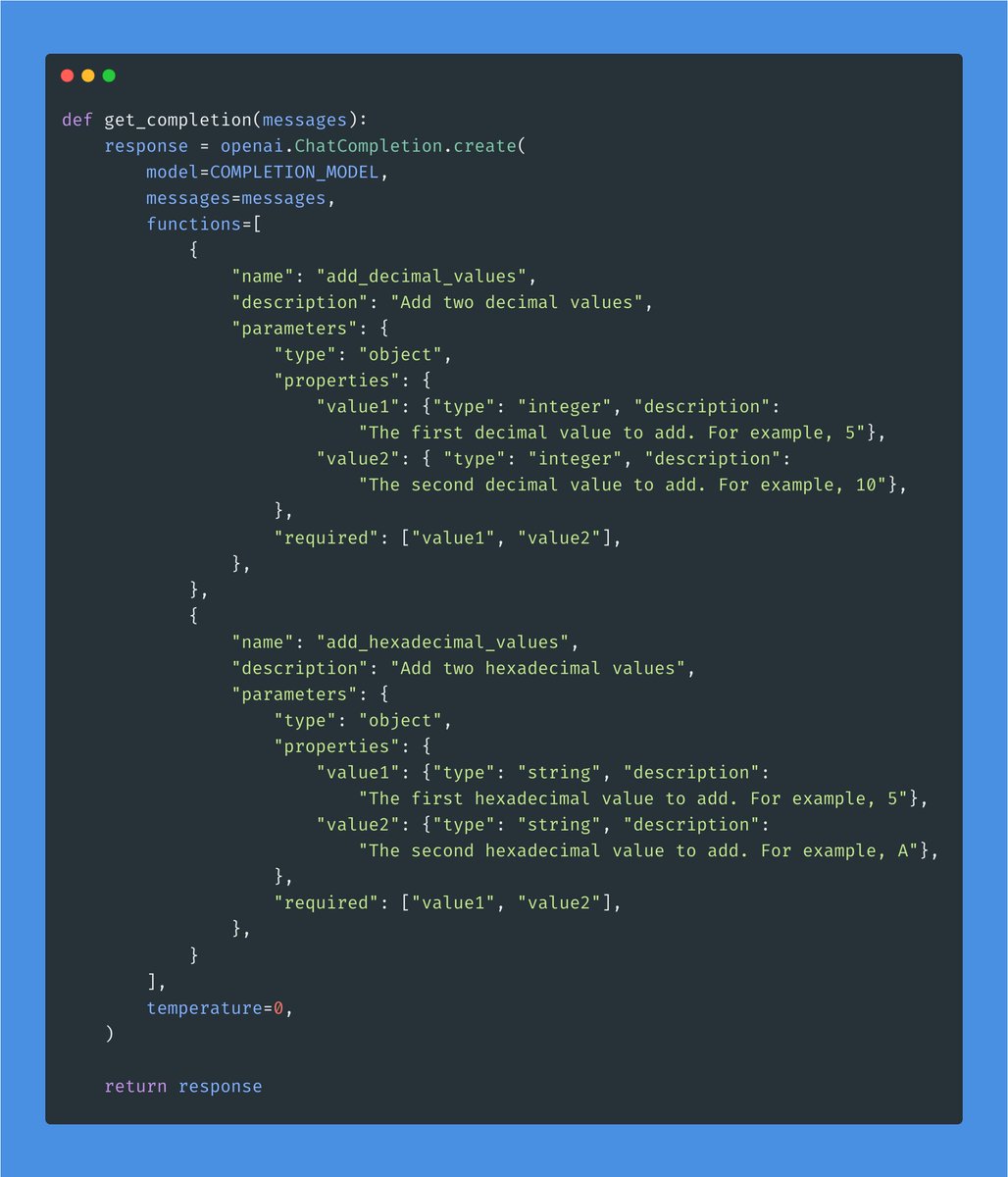I just spoke to myself, and it was weird.
You can now clone your voice using a few seconds of audio, give the robot personality, and deploy a clone of yourself.
Here is a step-by-step process on how to do this in less than two minutes:
You can now clone your voice using a few seconds of audio, give the robot personality, and deploy a clone of yourself.
Here is a step-by-step process on how to do this in less than two minutes:
I'm using @myshell_ai:
1. Record 60 seconds of audio using your phone
2. Focus on sound quality. Avoid background noises
3. Go to app.myshell.ai/robot-workshop
4. Click on Create a Robot and give it a name
5. Upload your audio. Click on Clone
It will take a few seconds to complete.
1. Record 60 seconds of audio using your phone
2. Focus on sound quality. Avoid background noises
3. Go to app.myshell.ai/robot-workshop
4. Click on Create a Robot and give it a name
5. Upload your audio. Click on Clone
It will take a few seconds to complete.
When you are done, you'll have a robot mimicking your voice.
But this is just the start.
You can now program its personality using a short description. The platform will take your instructions and generate a lengthy prompt to give the robot some "life."
But this is just the start.
You can now program its personality using a short description. The platform will take your instructions and generate a lengthy prompt to give the robot some "life."
https://twitter.com/myshell_ai/status/1670779309919985665
Feel free to chat with yourself.
I did. It was weird.
It's difficult for me to understand the future ahead of us. These robots will be everywhere!
As technology improves, it will be hard to tell these robots apart from real people.
I did. It was weird.
It's difficult for me to understand the future ahead of us. These robots will be everywhere!
As technology improves, it will be hard to tell these robots apart from real people.
Thanks to @myshell_ai for partnering with me and showing me how to create one of these robots.
You should definitely try them out: app.myshell.ai/robot-workshop.
It won't cost you anything, and you'll probably freak out a little.
You should definitely try them out: app.myshell.ai/robot-workshop.
It won't cost you anything, and you'll probably freak out a little.
• • •
Missing some Tweet in this thread? You can try to
force a refresh

 Read on Twitter
Read on Twitter












